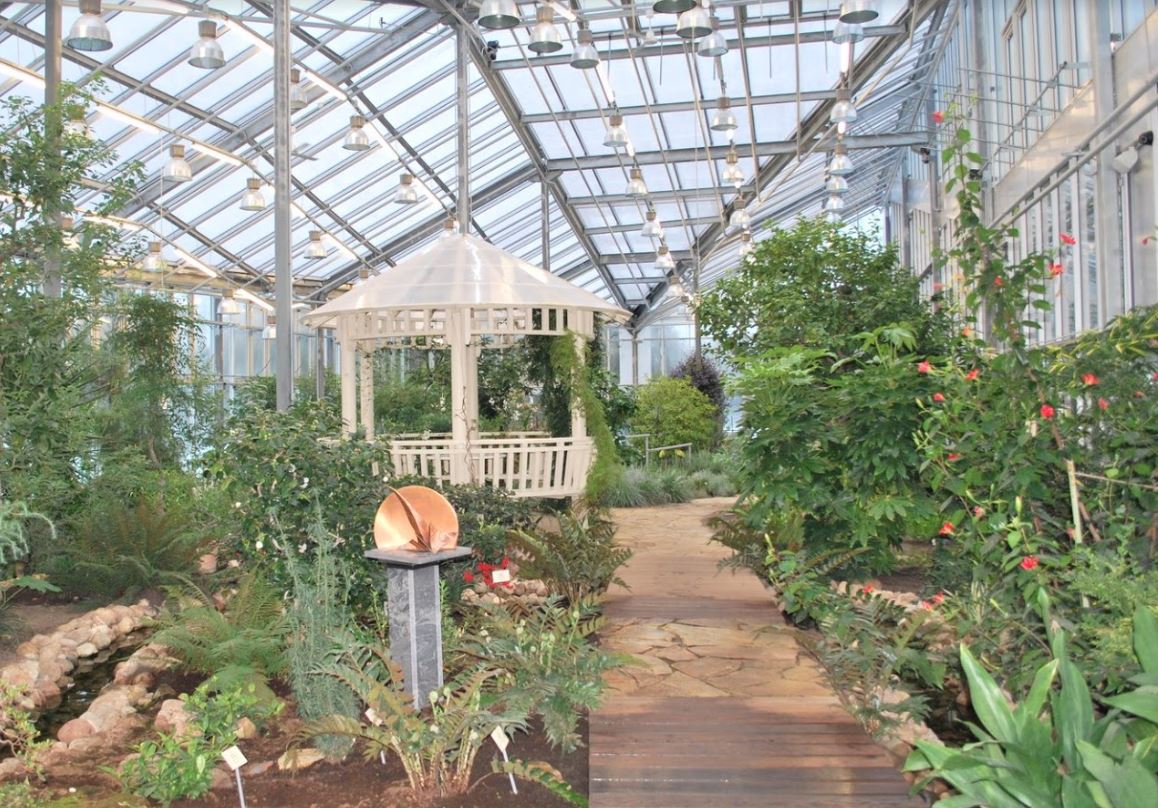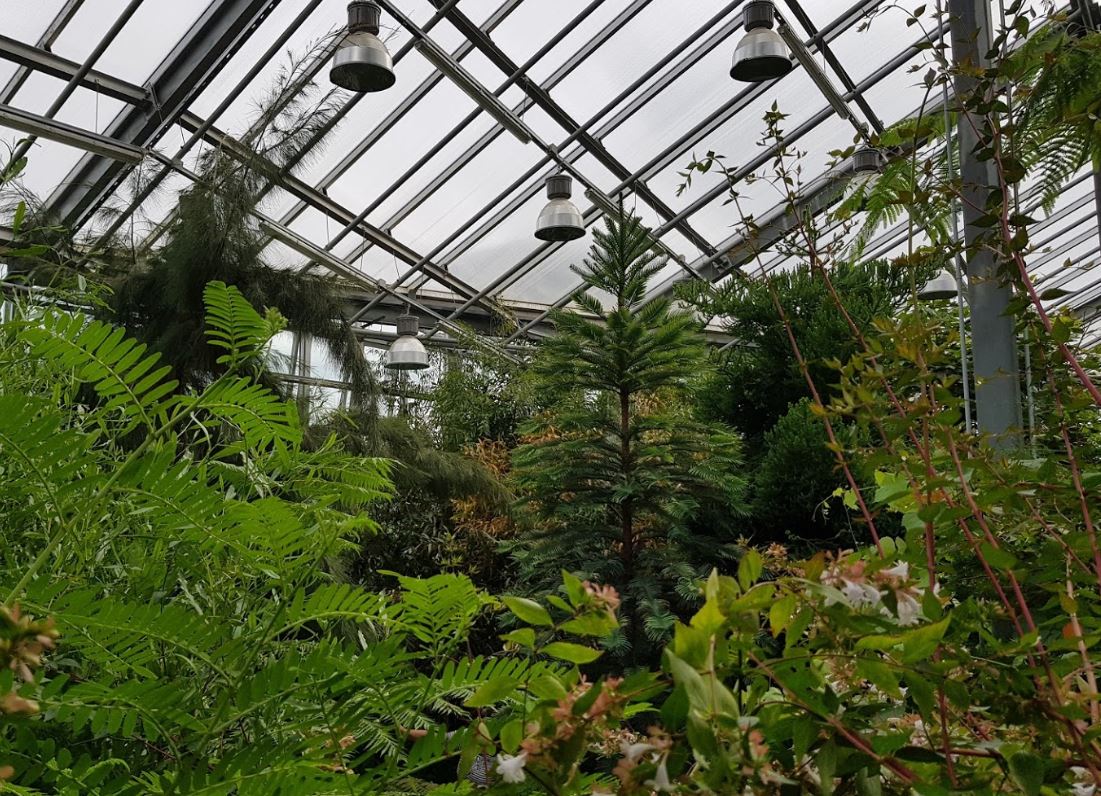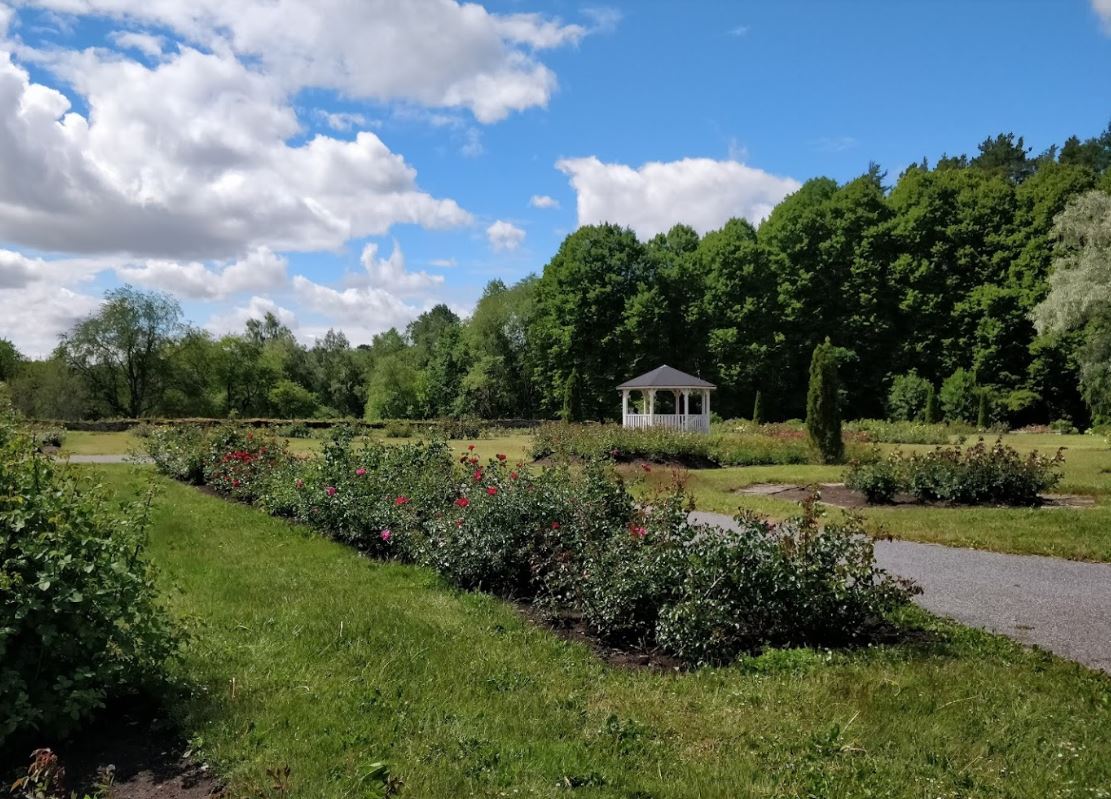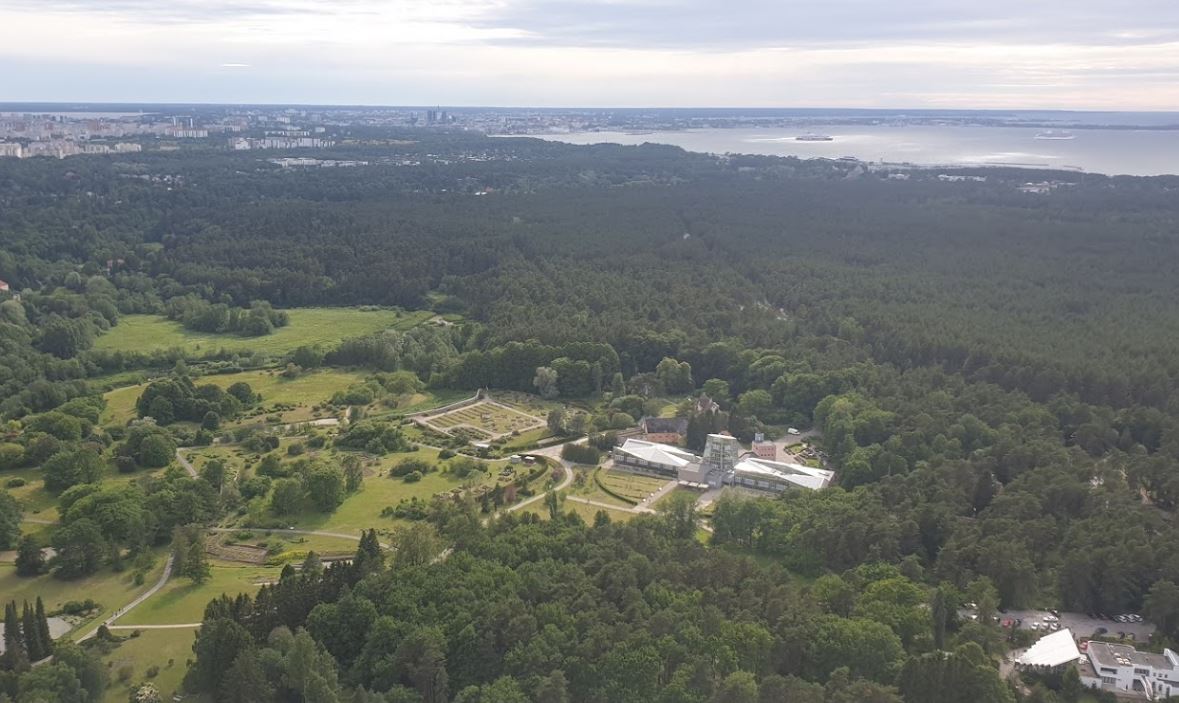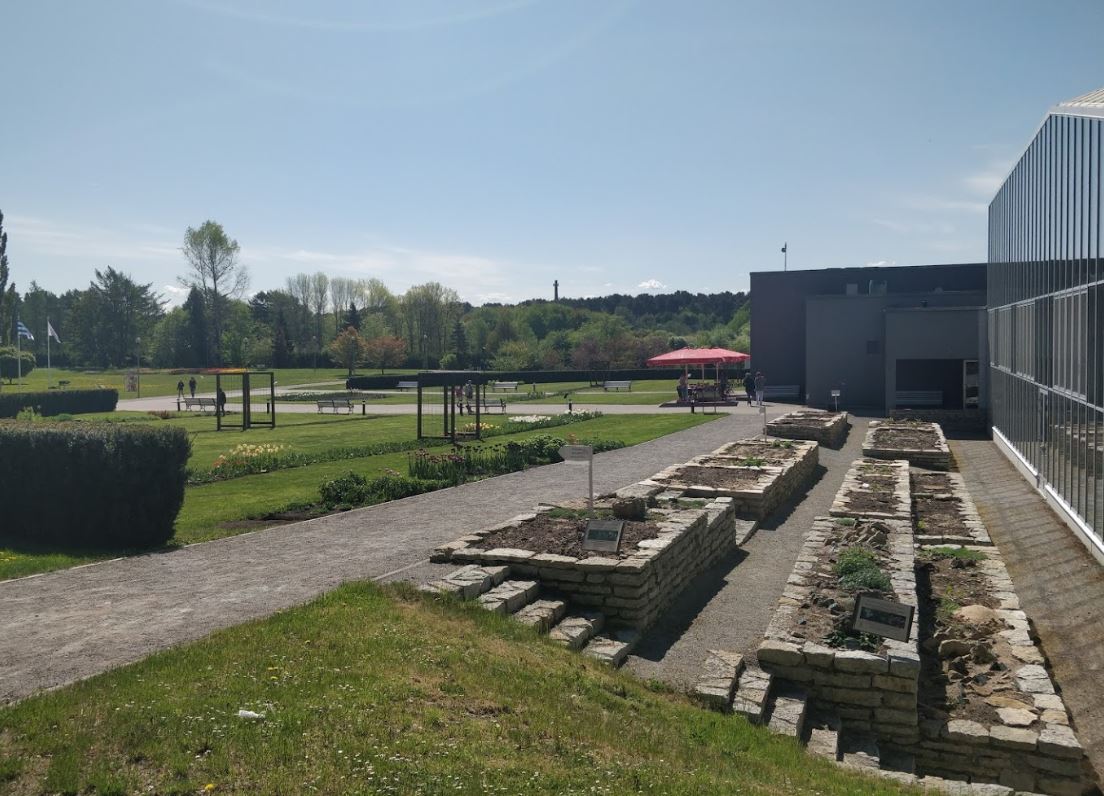As a winding road network and 9 ponds were drilled, most of them receive water from the Lepiku Trench. The conifer pond is home to a large number of white water lilies (Nymphaea alba). The background of the botanical exhibitions are pine forests in the north and north and mixed pine forests in the east. Finally, a clear oak meadow is formed.
The open exhibitions, which cover about 22.5 hectares, contain about 6,500 names and greenhouses, with a beneficial area of about 2000 square meters, with 2,000 plant names.
The 700-year-old garden rosary offers a variety of different roses with different stages and reproductive groups, the oldest of which was cultivated in the fifteenth century, such as Maxima, a white rose (Rosa alba), but also many new varieties The central exhibition of the botanical garden is the nursery - Wooden plants gallery. The arboretum has been dissolved as a park overlooking the buildings, as well as Pirita River and ponds among tree groups. In the nursery, the plants are arranged in a relative manner, so it is a good idea to compare closely related species and determine the differences between them. Among the more than 1,560 plants of the nursery, there is a rarity that is not found in such large specimens elsewhere in Estonia, such as maple leaf (Kalopanax septemlobus), selected (Chosenia arbutifolia), and giant castles (Abies grandis). Varieties of magnolia vary more and more each year as they age. The tallest poplar in the Botanical Garden, Petrowskiana, grows in the southeastern part of the Arboretum in Salicaceae. The tree is 31 meters high and 124 cm in diameter. The largest tree planted in silver (Salix alba var. Sericea), the largest tree planted in the botanical garden, has branches of 145, 83 and 99 cm high and 29 meters high.
x
T
R
F
I
H
I
We have 16614 Parks Now ... The First and largest platform for green public parks
Tallinna Botaanikaaed
Tallinna Botaanikaaed
Kloostrimetsa tee 52, 11913 Tallinn, Estonia
Every Day : 11:00 am To 04:00 pm .
About Park
-
Preview
It is located on the four shores of the Beretta RiverImportant Information
-
Every Day
11:00 am To 04:00 pm
-
Every Day
-
Intertainment Elements
Sitting places
Entertainment
Trips
Cafes
-
Main Elements
- Cleanliness
- Parking and public transport
- Green areas
- Open spaces
- Open paths for walking


